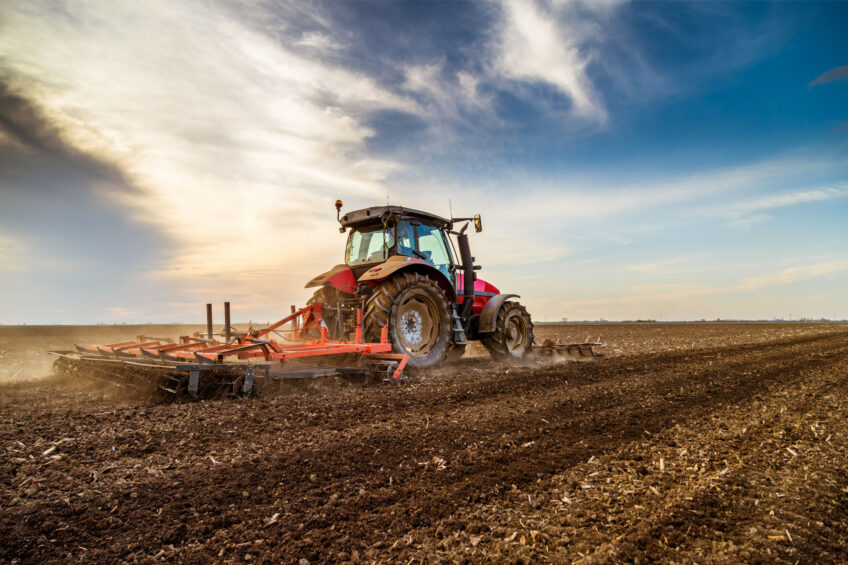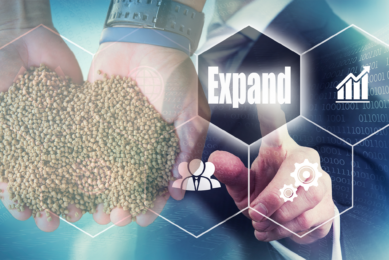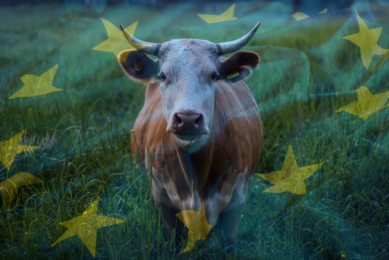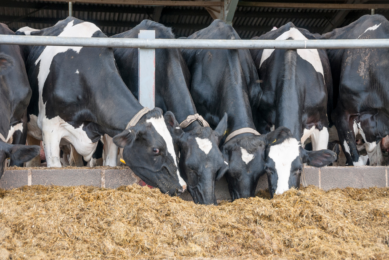Limited progress in EU meeting self-sufficiency goals for feed protein

Self sufficiency for all sources of protein across EU member states is expected to be at 75%. This is partly due to the lack of oilseed meals the EU produces, which are needed to feed its livestock sector.
While the EU remains fully sufficient in roughage, and it is still the main source of feed protein, representing 41% of total EU feed use, the share of all oilseed meals – which represents 27% of total feed protein use – is much lower with only just over a quarter produced across the 27 EU member states.
Protein imports for animal feed
Animal feed, particularly for monogastric animals, is the sector most dependent on protein imports from third countries with just 29% coming from within the EU.
As a result, it has published a study on the opportunities and limitations to diversify protein sources.
What influences choices of feed protein for livestock?
In its latest forecast, the European Commission said the choice of feed protein for livestock production was dependent on several factors, with competitiveness the main one. Profitability and strong value chains remain central to developing protein production in the EU and reducing dependence on feed imports can contribute to EU strategic autonomy, ensuring a more resilient and autonomous food system and boosting sustainability.
The study said the EU’ dependence on imports of protein products was mainly linked to pedoclimatic and structural reasons, such as the average size of holdings, availability of land, competitiveness of different crops and less favourable soil and climate for products, such as soya beans.
But it said some progress has been made:
- The EU’s production of protein-rich plants (oilseeds and dry pulses) is forecast to be at 7.2m tonnes of crude protein in 2023/4 – which represents a 28% rise over the last 15 years.
- Recommendations made in a 2018 European Commission report on the development of plant proteins has led to support measures in the Common Agricultural Policy (CAP). The supported area for legumes and protein crops is expected to grow from 4.2m ha in 2022 to 6.4m ha in 2023 and nearly 7.1m ha in 2027.
- Eco-schemes foreseen in the 20 CAP Strategic Plans also indirectly support the production of legumes.
- The Commission is also investing in research and innovation in protein crops and feeding systems under Horizon Europe and the European Innovation Partnership on Agriculture to make livestock production more circular, sustainable and resilient.
The study highlights the issue of land availability, since an increase in diversification of production requires available agricultural land suitable for the needed crops. It shows that replacing 50% of soya bean equivalent imports would mean swapping 6.6m ha of other crops.
Replacing soya with high-protein sunflower or rapeseed or legumes, such as beans, grown in the EU could be the way forward, the study adds.
To reduce import dependency, the report suggests:
- Increasing the share of protein derived from grass in the diets of ruminants.
- Supporting public and private research to select more efficient varieties to boost yields.
- Enhance the nutritional value of raw materials.
- Fund training for farmers.
At EU policy level, the study recommends temporarily increasing coupled income support within the CAP for plant protein cultivation, in compliance with WTO rules.











